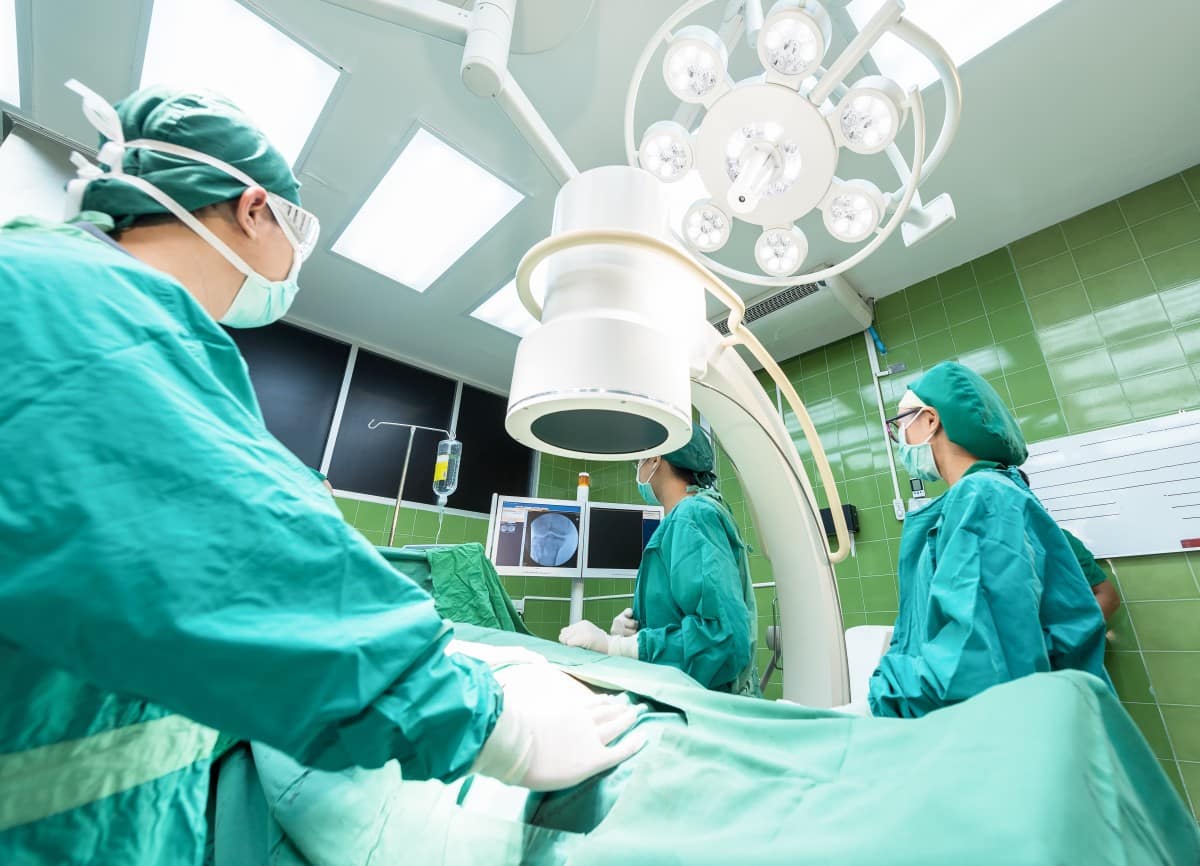
Surgical procedures always pose a risk. Moreover, x-ray imagery or data from CT or MRT do not reveal everything. A research project led by the Technology Centre for Computer Science and Information Technology (Technologie-Zentrum Informatik und Informationstechnik or TZI) at the University of Bremen aims to change this through new technologies such as 3D printing, virtual reality and augmented reality. These should help surgical teams to better plan their procedures and reduce the risks for the patient.
VIVATOP devises VR solutions for surgeons
Modern surgery has long been a high-tech domain. This applies not only to the operations themselves, but also to their preparation. Surgeons make use of X-ray images, computer tomography (CT) or magnetic resonance imaging (MRI) results and much more. Computer-generated 3D models are relatively new. But they still have to be viewed on 2D screens.
Surgeons still have to employ models made by 3D printers, such as those emerging from VIVATOP. However, there are already experiments with mixed reality applications. For instance, in the field of oral and maxillofacial surgery. VIVATOP stands for “Versatile Immersive Virtual and Augmented Tangible OP”. The project combines model organs from the 3D printer with applications from VR and augmented reality.

Foto: TZI, Universität Bremen
3D printed organ models have many advantages. You are able to touch them and look at them closely, or pass them around as instructional objects. VR glasses allow for an even more detailed display. Participants in meetings are able to hold the printed organ model in their hands and see additional information displayed on their glasses. Communication between doctors and patients is also easier. With the help of the model, doctors can explain more precisely how the upcoming surgical procedure should proceed.
VIVATOP technology facilitates surgery
VR technology and organ models support the actual operation. Because every human body is different, surgeons have to reorient themselves again and again. VIVATOP’s new technology facilitates both decisions and orientation during the operation. The operating theatre is peppered with sensor and recording technology. Depth cameras and other sensors record every movement of the surgical team and the operation on the organ itself.

Foto: cirp GmbH
The surgical team wears VR glasses during the procedure. These VR glasses constantly display all vital information. The surgeons control their glasses via voice control. Their glasses also give them access to all planning data used in the procedure’s preparation. In addition, operations can be shown live in virtual reality.
According to project coordinator Professor Dr. Rainer Malaka, it would also be conceivable to use the system in telemedicine, for example, by involving experts from a different location. However, there would always be a doctor on site. Yet the possibility of simultaneously following and recording complex surgical procedures live, opens up new possibilities for worldwide cooperation. Experts could follow an operation and support the team without having to be on site themselves.
market introduction in the making
However, it will take some time before the solutions developed within VIVATOP reach operating theatres. “The project will run for three years, after which the industry will have to continue with it,” says Professor Rainer Malaka. In his experience, certifications for new medical devices are costly and time-consuming. Although applications for training purposes and patient education might reach the market sooner.
The Federal Ministry of Research and Education is funding VIVATOP with 2.2 million euros. In addition to Malaka’s research group, other partners are involved in TZI. Another research group is working on virtual reality and computer graphics. The Oldenburg Pius Hospital contributes medical expertise, the 3D organ models are products of the Fraunhofer Institute for Digital Medicine. On top of that, there are industrial partners for augmented reality and 3D printing. Malaka estimates that the first commercial AR applications could be available in 2020.

